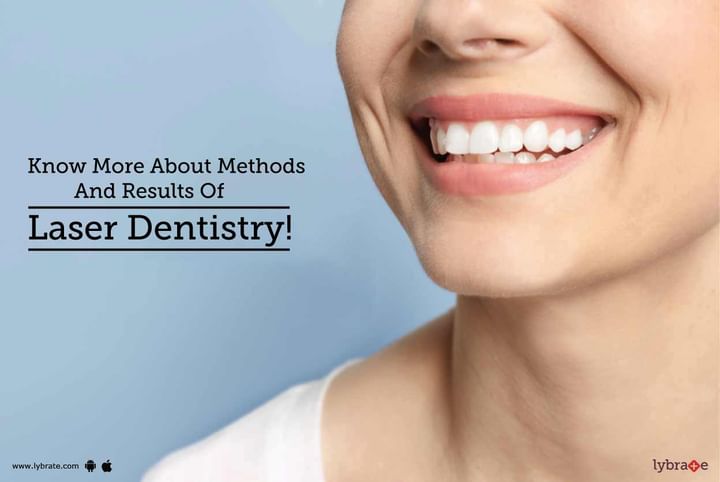Know More About Methods And Results Of Laser Dentistry!
A very interesting thing, that most people would have noticed during their visit to the clinic is the white light that is used on the teeth. This is laser light, which is used extensively over the last couple of decades in dentistry for a variety of treatments. The following are some procedures where the laser is commonly used.
-
Whitening teeth: In-office bleaching is done by applying the whitening agent on the tooth and activating it by laser light. This instant result is whiter teeth and a brighter smile.
-
Caries: In some cases, laser light is used to remove the decayed portion of the tooth and shape the surrounding healthy tooth to receive the restorative material.
-
Restorations: When composite resins are used to fill the space left by tooth decay, the decayed portion is removed and the enamel etched to improve adhesion. The composite material is then filled in the tooth space to achieve the desired shape and then light-cured.
-
Veneers: Where a thin layer of the existing tooth is removed to provide a whiter tooth, then laser light is used. These chemicals are inactive and only become activated when exposed to laser light. In cases of both restorations and veneers, one big advantage is it gives sufficient working time for the dentist to shape the material to the desired form and then activate it.
-
Gingivitis: Laser is also used in gum diseases where bacteria are removed and the gums are reshaped. Using the laser on the root surfaces ensures better removal of the hardened calculus and promotes gum reattachment of the gums to the tooth surfaces.
-
Root canal therapy: In the root spaces, if there was an infection, laser light can help remove the bacteria before filling up the root canal with gutta percha.
-
Soft tissue biopsy or lesion removal: Biopsies of the lips, gums, and tongue can be done using laser light. If the lesions are too small and require removal, it can be done by laser, thereby avoiding the need for surgery
Results: In all the above procedures, the laser is more effective than the conventional method that it is replacing. Some advantages include:
-
Less painful
-
Anesthesia not required
-
Avoids tooth drilling in some cases of very minor decay, so the patient is at ease
-
Reduces bleeding and swelling when dealing with soft tissues
-
Reduces the amount of tooth removal during cavity preparation
Not all situations can be managed with a laser treatment though and conventional biopsies and drills will be required in some cases. As with all other dental situations, a detailed discussion with the dentist on the pros and cons and the patient condition will help make an informed decision.



+1.svg)
